On this information, we’ll present you the right way to paint a PC case in your personal chosen coloration utilizing spray paints, that are each reasonably priced and straightforward to make use of. We’ll take you thru the entire strategy of dismantling, masking, after which spray portray your PC case, in addition to including a protecting layer of clear coat.
Whether or not your PC case is screwed or riveted collectively, we’ll cowl all the knowledge you should make the method as pain-free as potential, whereas nonetheless leading to a incredible end. If potential, summer time is the perfect time of 12 months to spray-paint your PC, as you’re extra more likely to get a greater end, and the paints will dry a lot sooner than in winter. It’s additionally simpler to get exterior into well-ventilated areas, and also you don’t must spend hours exterior in freezing temperatures both.
1. Select your colours
Your first step is to determine on the colour or colours you’ll be spraying your case. You’ll want to purchase sufficient paint to cope with complete panels of your case in a single session for the perfect end.
2. Inside and/or exterior?
Simply spraying the inside or exterior has its advantages. It would imply needing quite a bit much less paint and also you’ll be finished in half the time. Nevertheless, you’ll additionally have to masks the areas you don’t wish to paint. An ATX case will want roughly two cans of primer, coloration and clear coats for the outside and the identical once more for the inside.
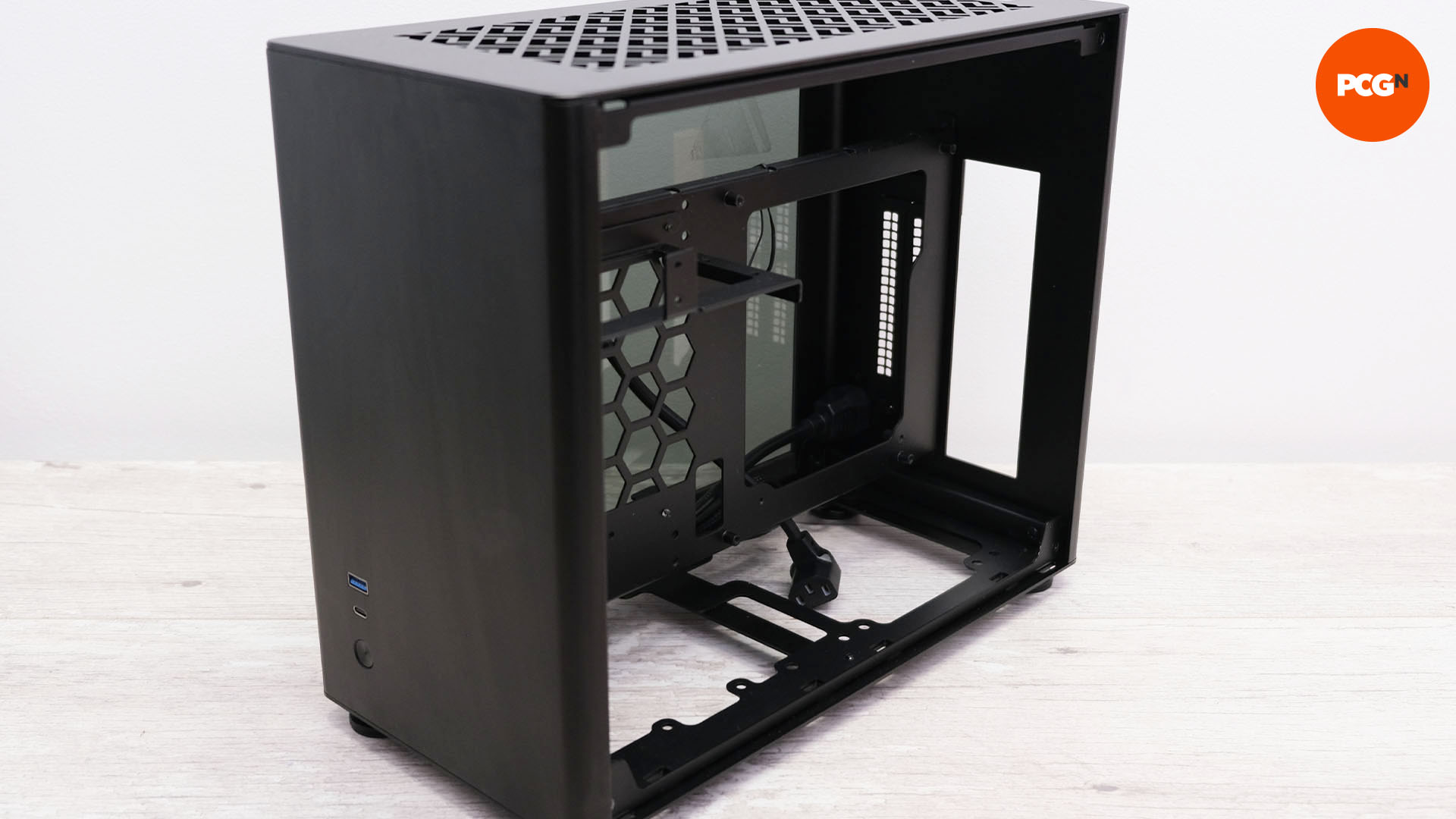
3. Take away the rivets
You have to dismantle your case earlier than you spray it. PC instances are often held along with screws, rivets, or each. It’s straightforward to take away screws, however you’ll have to drill out rivets. Begin with a 3mm drill bit and improve the bit in dimension till you drill the rivet out of the case. The holes are often 3mm, 4mm, or 5mm huge.
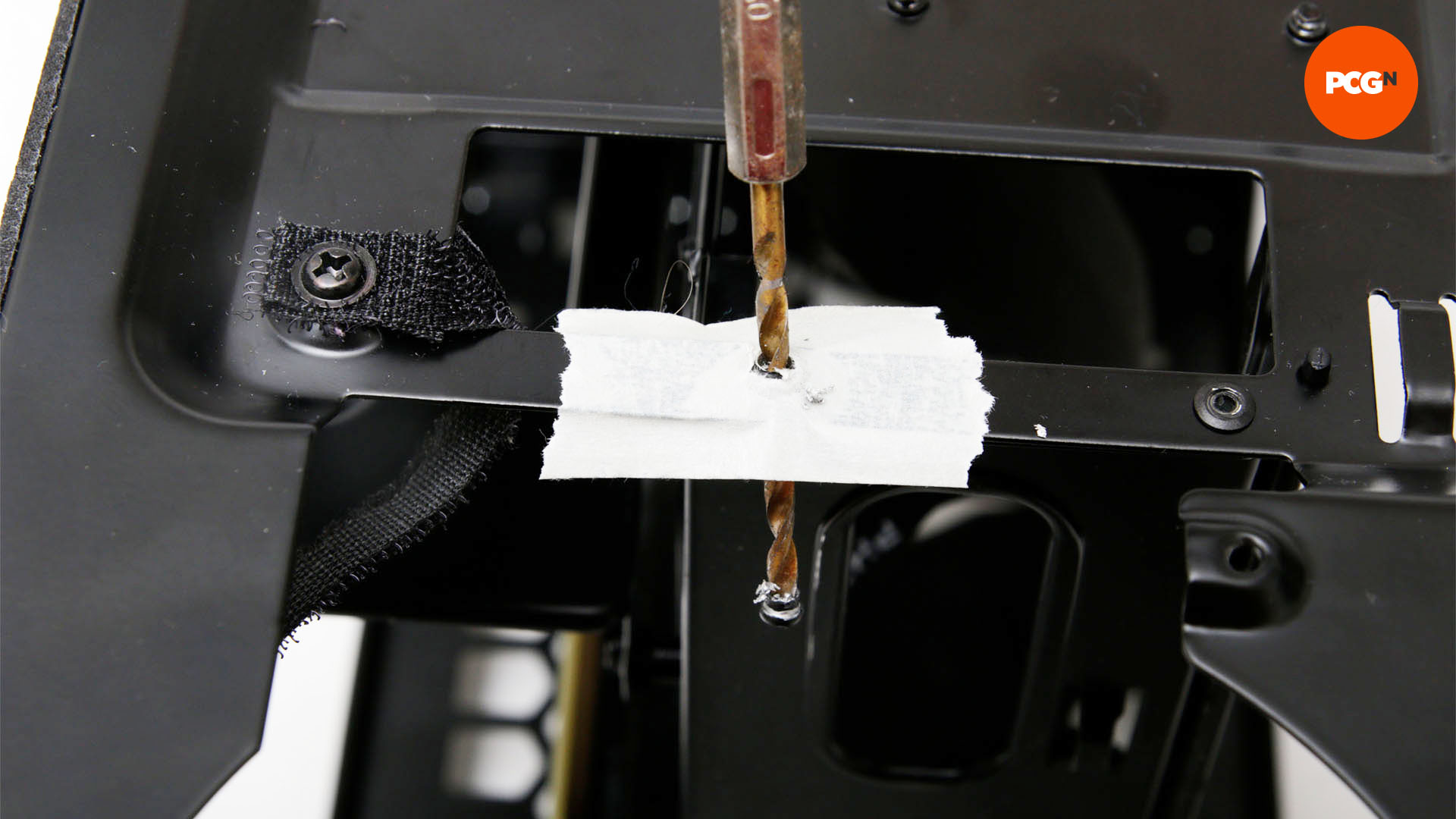
4. Dismantle case
Strip down the case to its particular person elements, or simply the outside panels when you’re solely spraying these. Take pictures of the case at every step, so which items go the place.
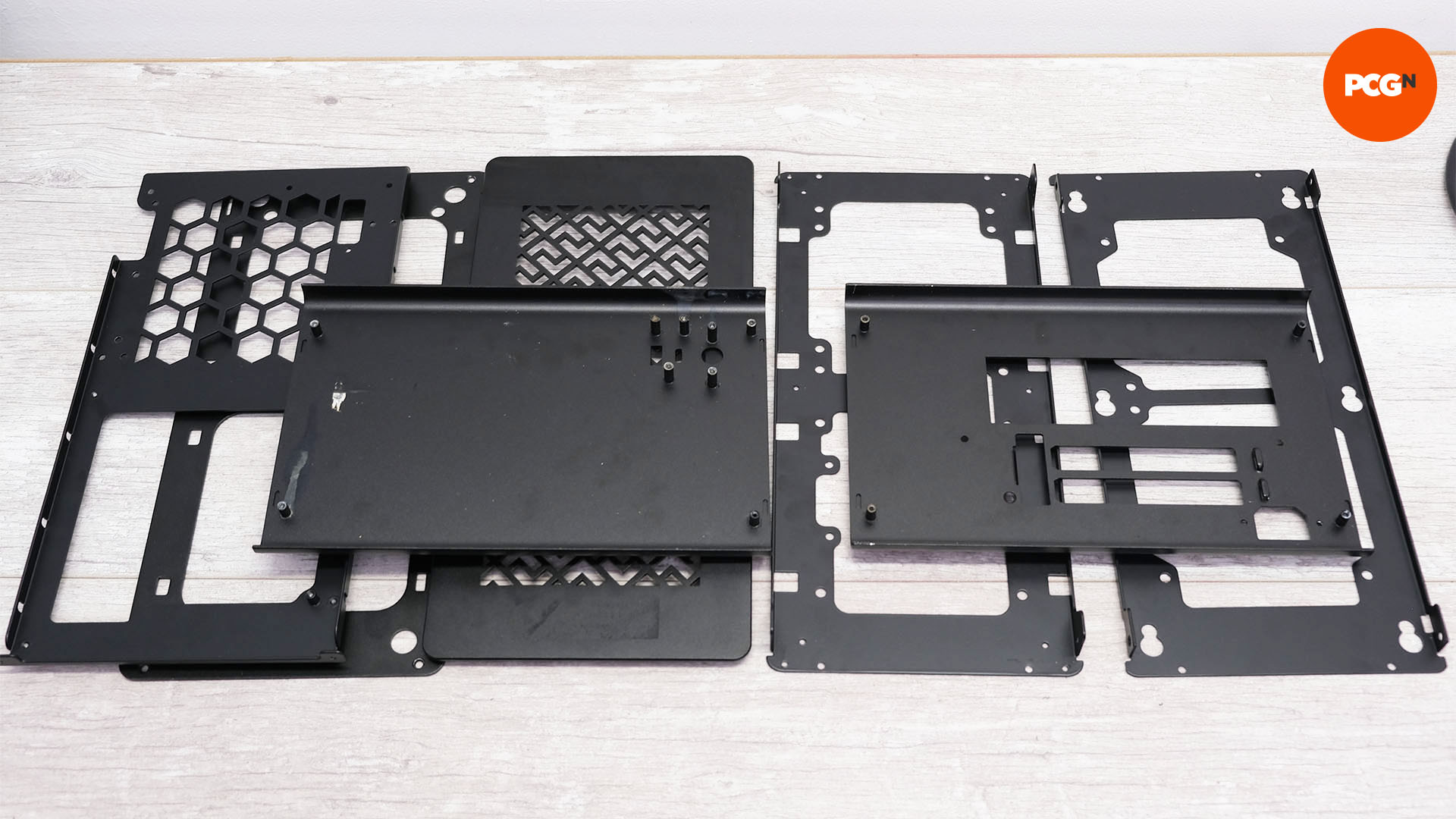
5. Clear case sections
Instances can have fingerprints, stickers and different grime on them that may have an effect on the paint end, so you should clear it first. Use heat water with a splash of washing-up detergent and a sponge, rinsing totally after and permitting it to dry naturally.
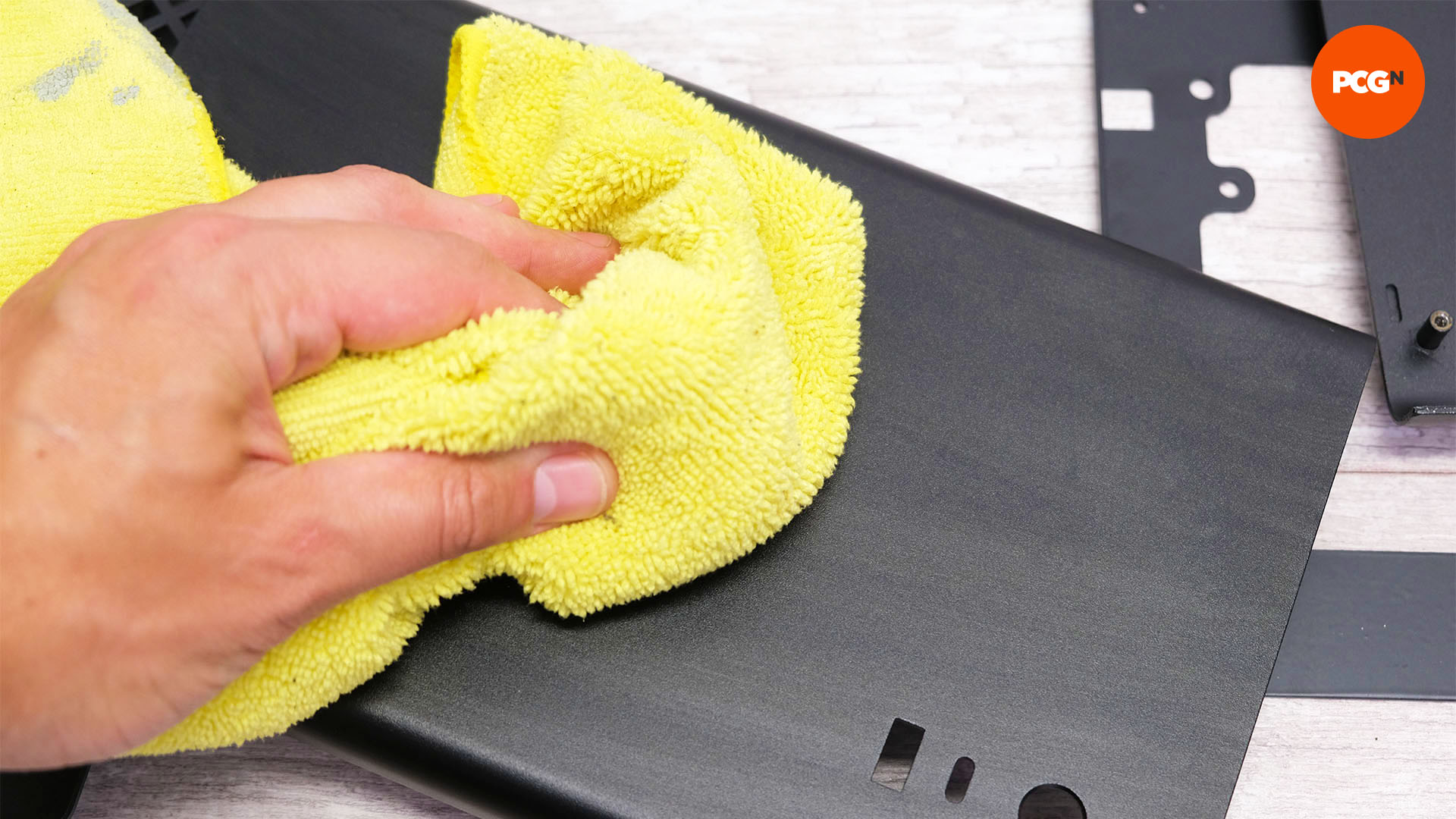
6. Take away ports, buttons, and filters
It’s important to take away any case buttons, ports, and mud filters, as these elements can grow to be clogged with paint and now not operate. They’re often screwed in place and straightforward to take away.
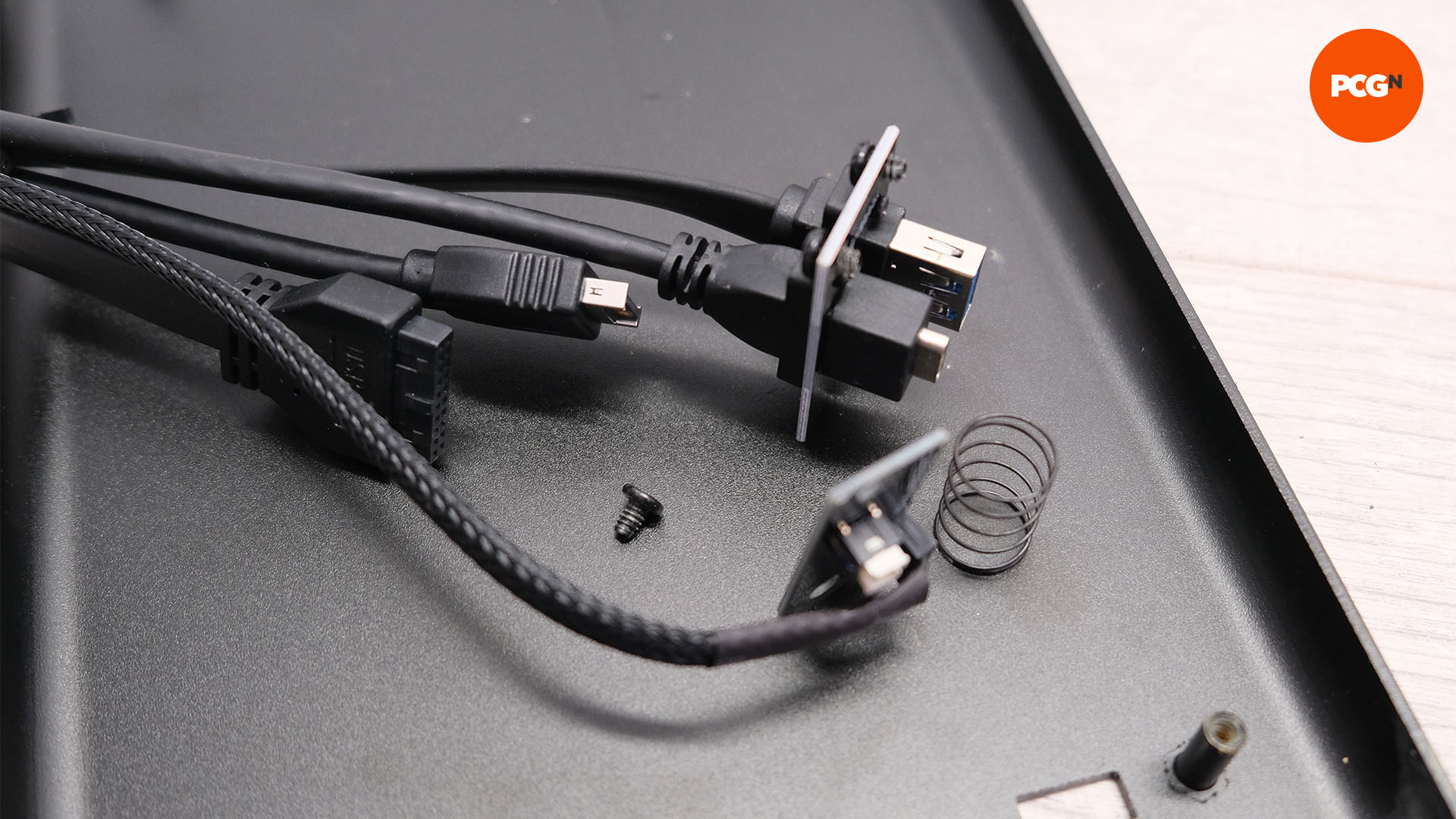
7. Sand and fill
Deep scratches and dents are unlikely to be solved by filling them with primer, so it’s finest to fill and sand them first. Use 3M glazing putty, together with a spatula or outdated versatile plastic card to {smooth} the putty into the scratches, then use 800-grit sandpaper to complete.
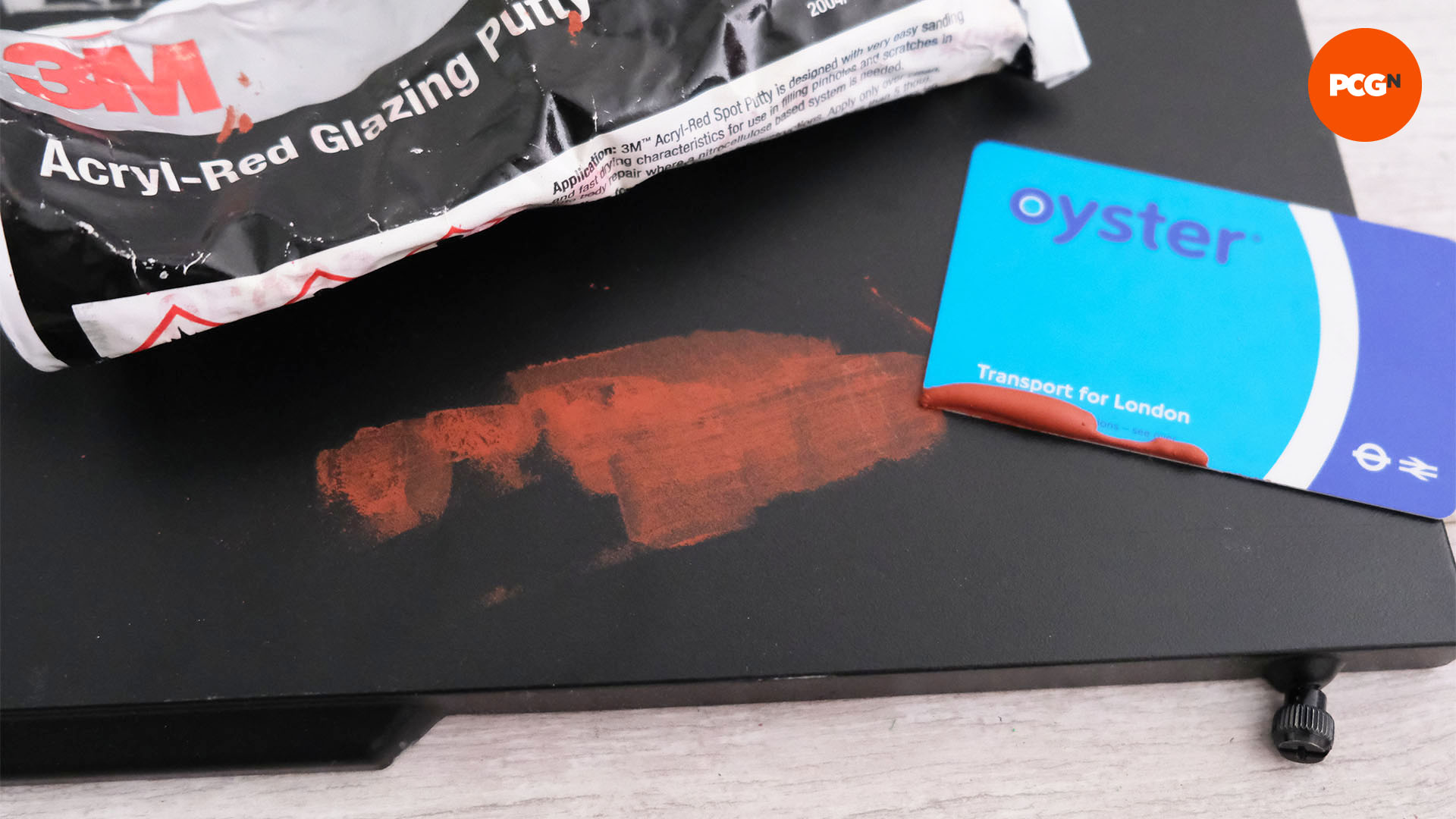
8. Use protecting gloves
Shield your pores and skin by sporting lengthy garments and protecting gloves. These are important not solely to stop pores and skin reactions, but in addition to stop you from transferring oils to the paint surfaces out of your fingers.
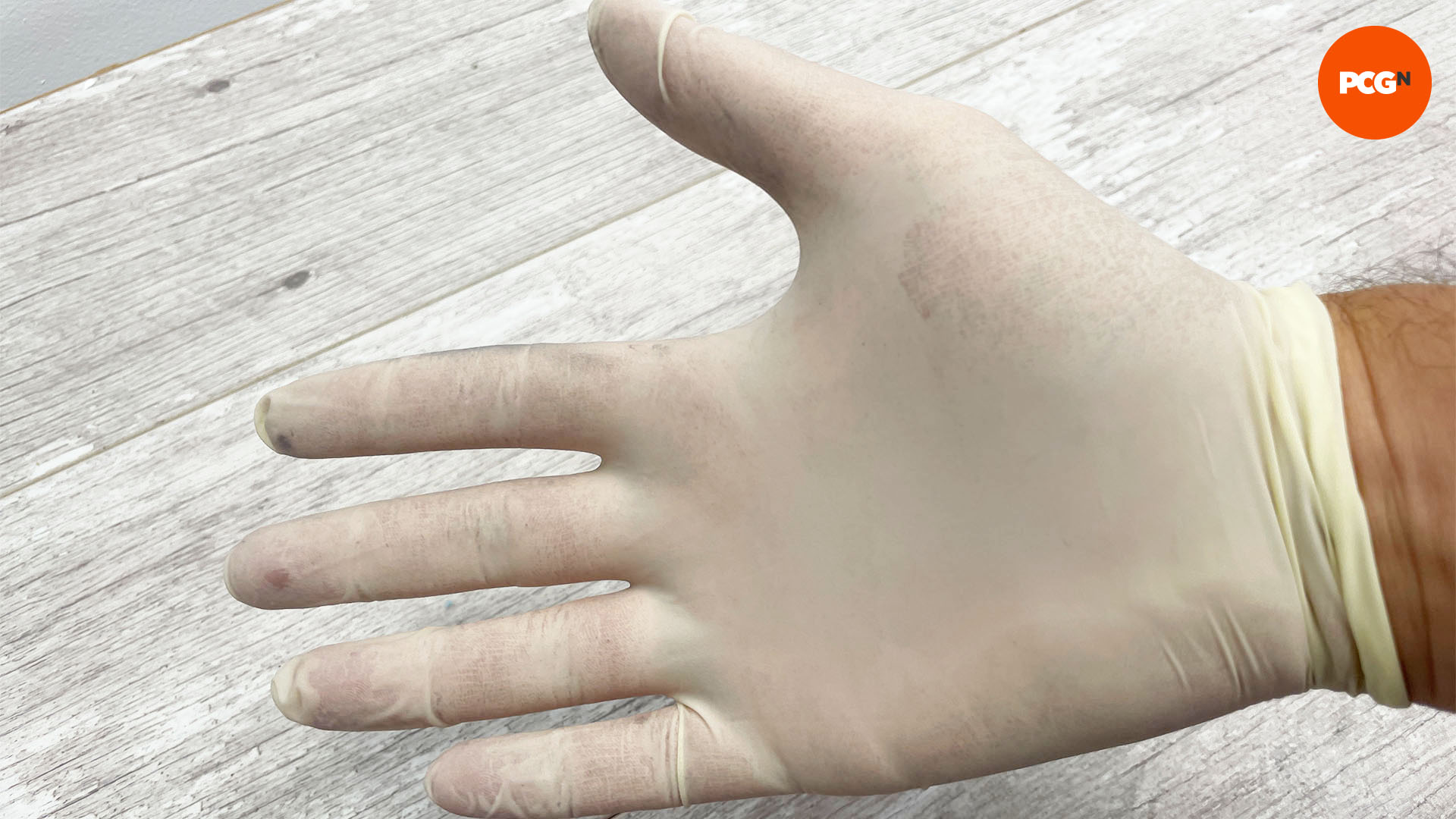
9. Use goggles
Goggles are important, because the paint will get in all places, together with your eyes. Be certain that the goggles seal round your eyes with no gaps.
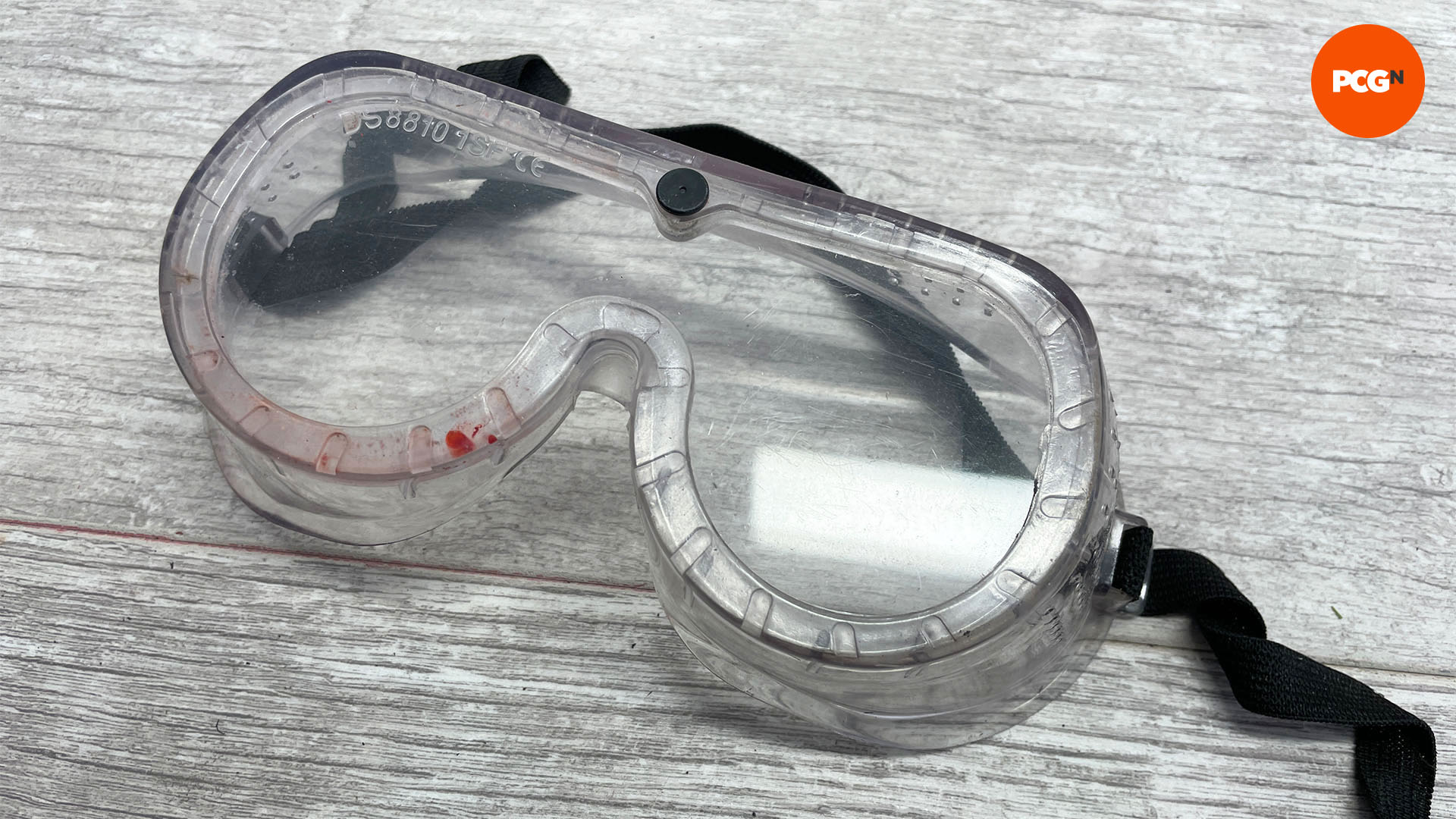
10. Use a respirator face masks
It’s extremely really helpful to get a respirator face masks, so your mouth and nostril are sealed away from the fumes. These price lower than £20 and are important when you’re spraying in an enclosed house or coping with 2K clear coat.
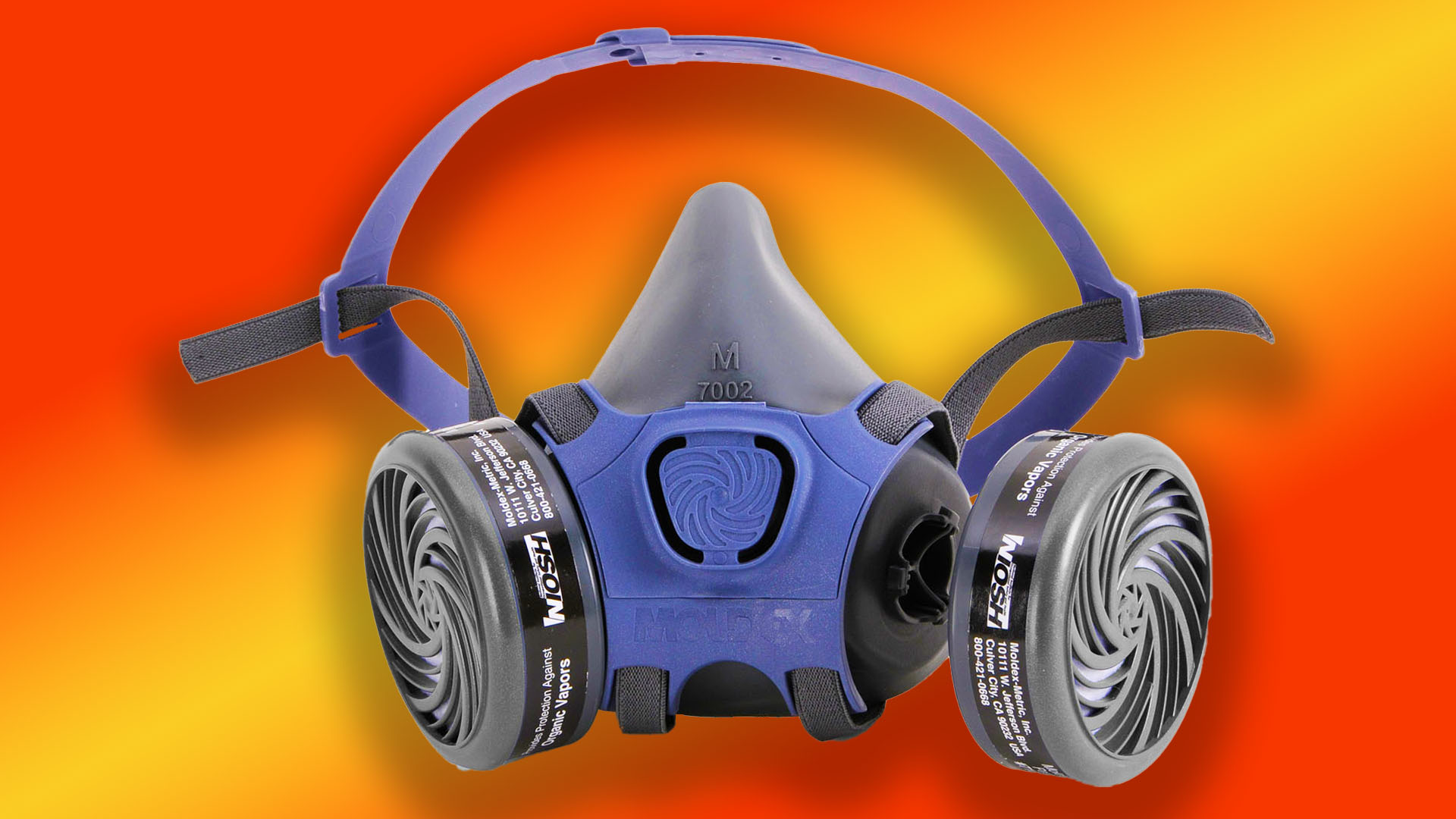
11. Create a secure spray space
A plastic greenhouse is a perfect place to spray your case, because it comprises the spray paint and prevents bugs from touchdown on surfaces, in addition to permitting you to color within the rain or sunshine. Nevertheless, you’ll want to make use of the complete complement of protecting gear as talked about above.
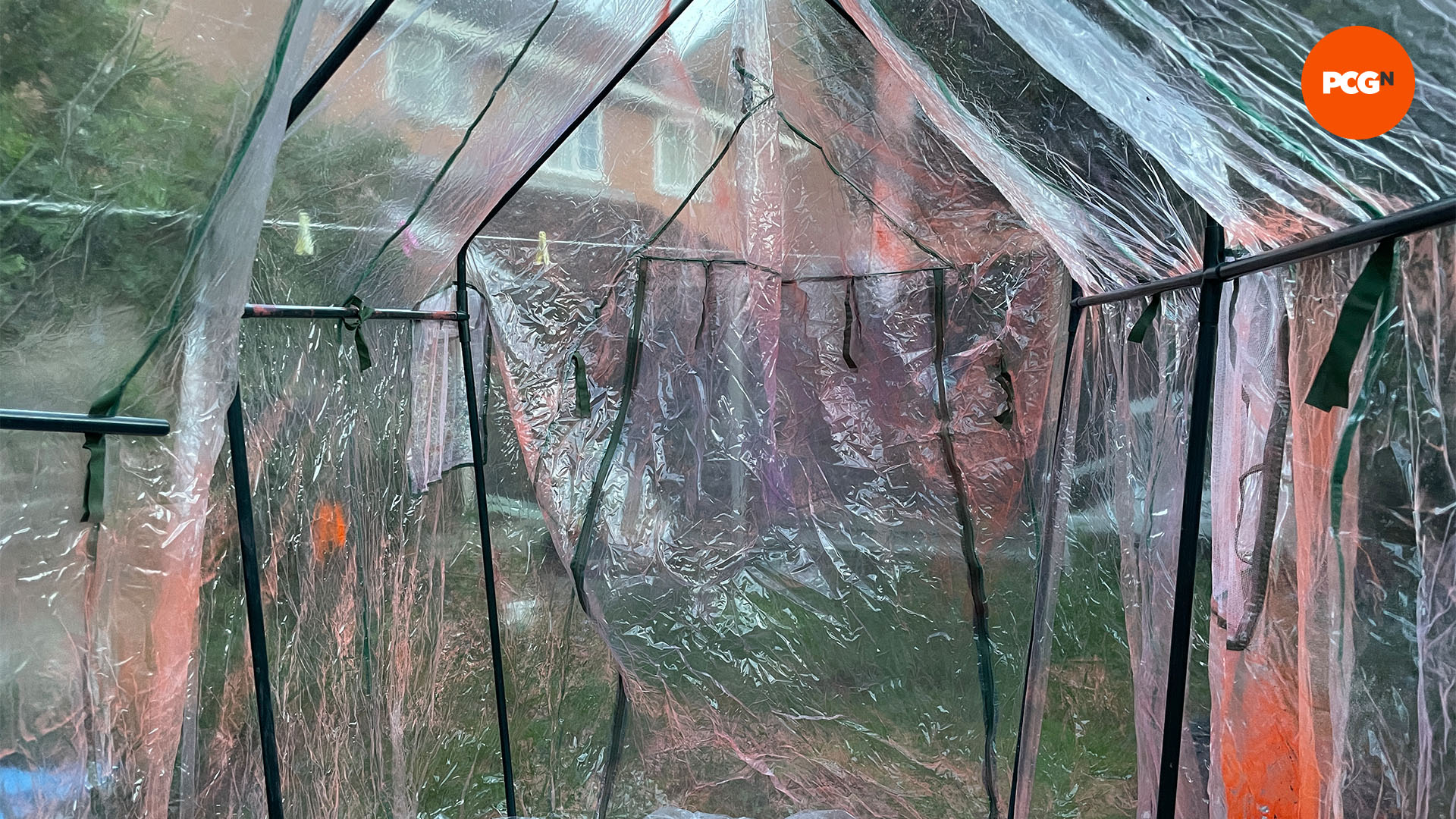
12. Think about using a twig set off
Spraying a big case could be laborious in your set off finger, and a twig set off could make this work extra comfy. They’re comparatively low cost, however don’t work with all cans. For instance, the Montana Gold cans we used right here didn’t match, however most others do.
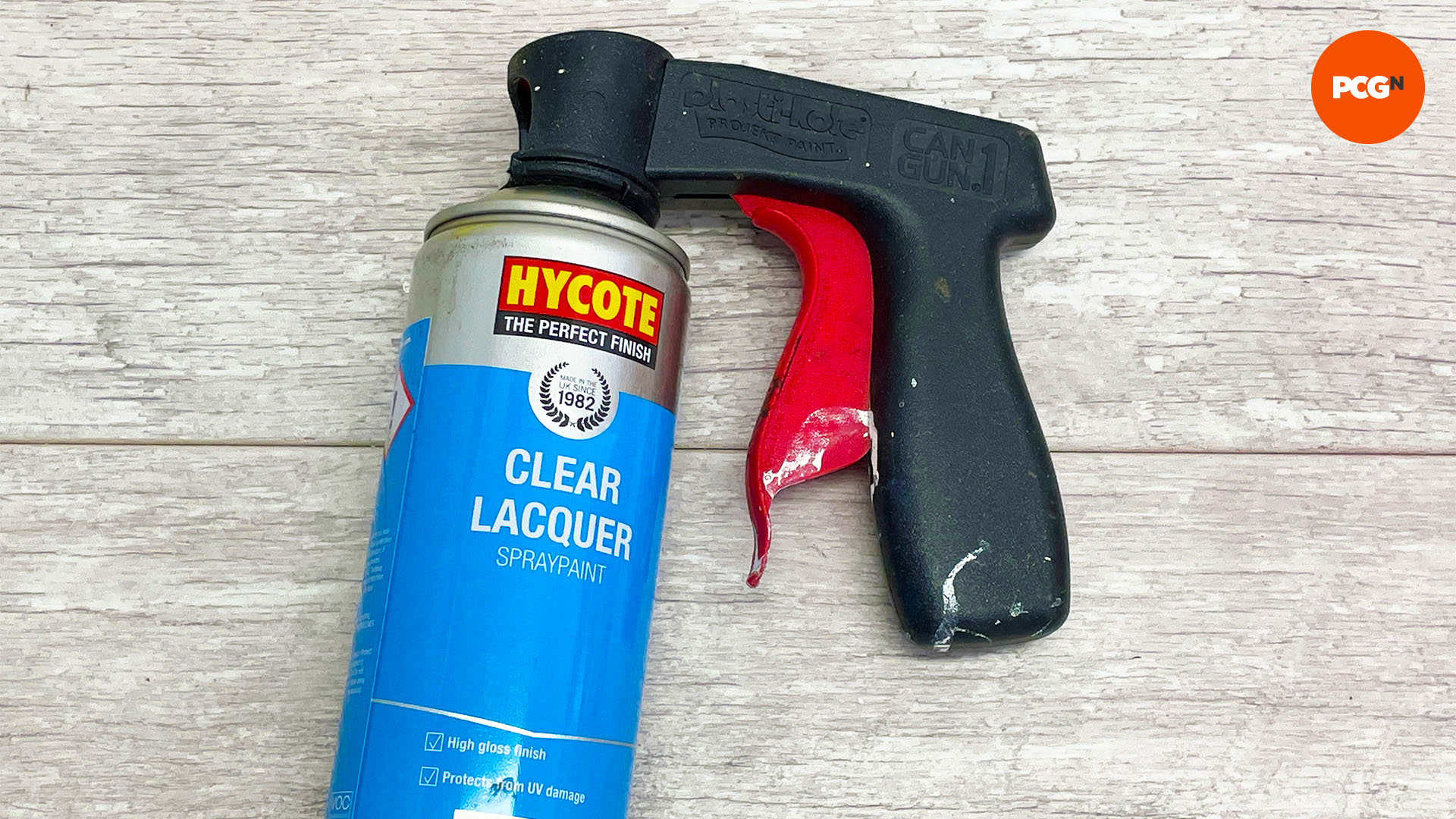
13. Masks areas
It’s a good suggestion to not spray on areas that make contact with different areas, as this could trigger the paint to stay, and for these sections to not sit collectively correctly. Apply Frog tape to those areas, and another sections you wish to stay away from paint.
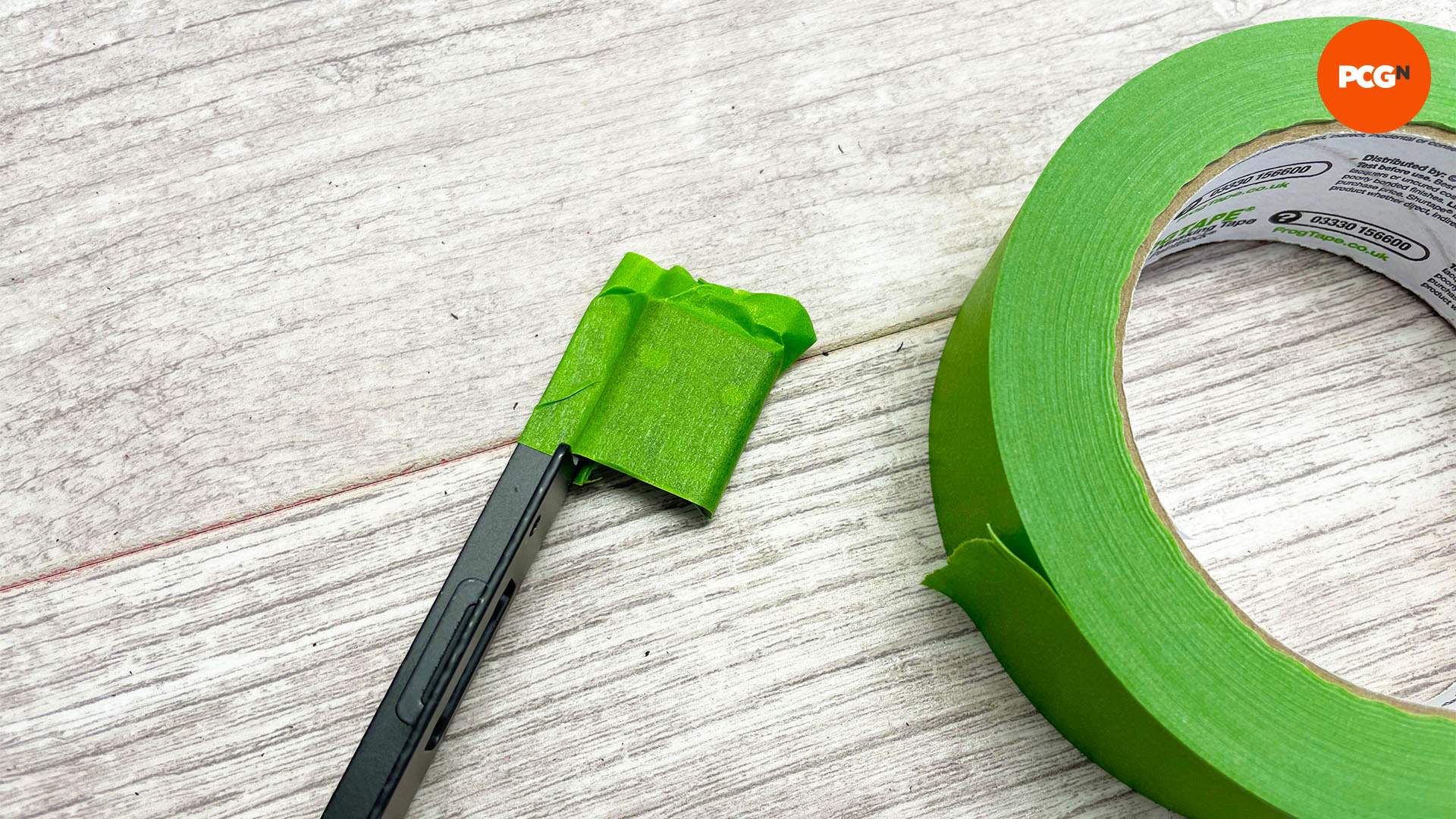
14. Heat your spray cans
Should you’re spraying in winter, it’s a good suggestion to heat the cans first, so the paint is nearer to room temperature. You’ll be able to go away them indoors for 12 hours, or place them in heat (however not sizzling) water for 20 minutes.
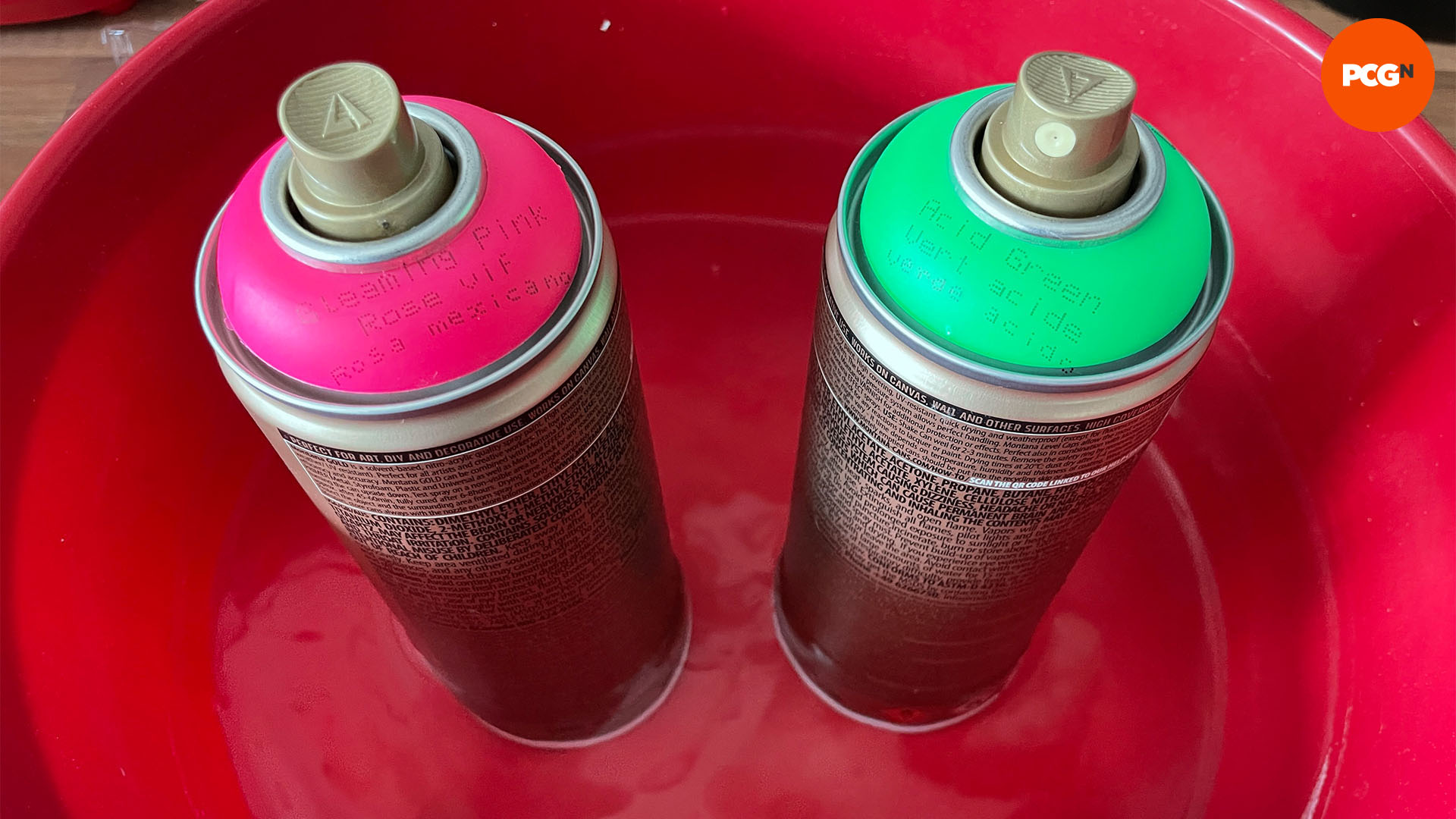
15. Use a heater
In winter, paint can take a very long time to dry and is extra susceptible to operating than in summer time. A heat spray space could be massively useful, so it’s value warming the world with a heater between sprays. By no means activate the heater when there are sturdy fumes – enable the fumes to clear first.
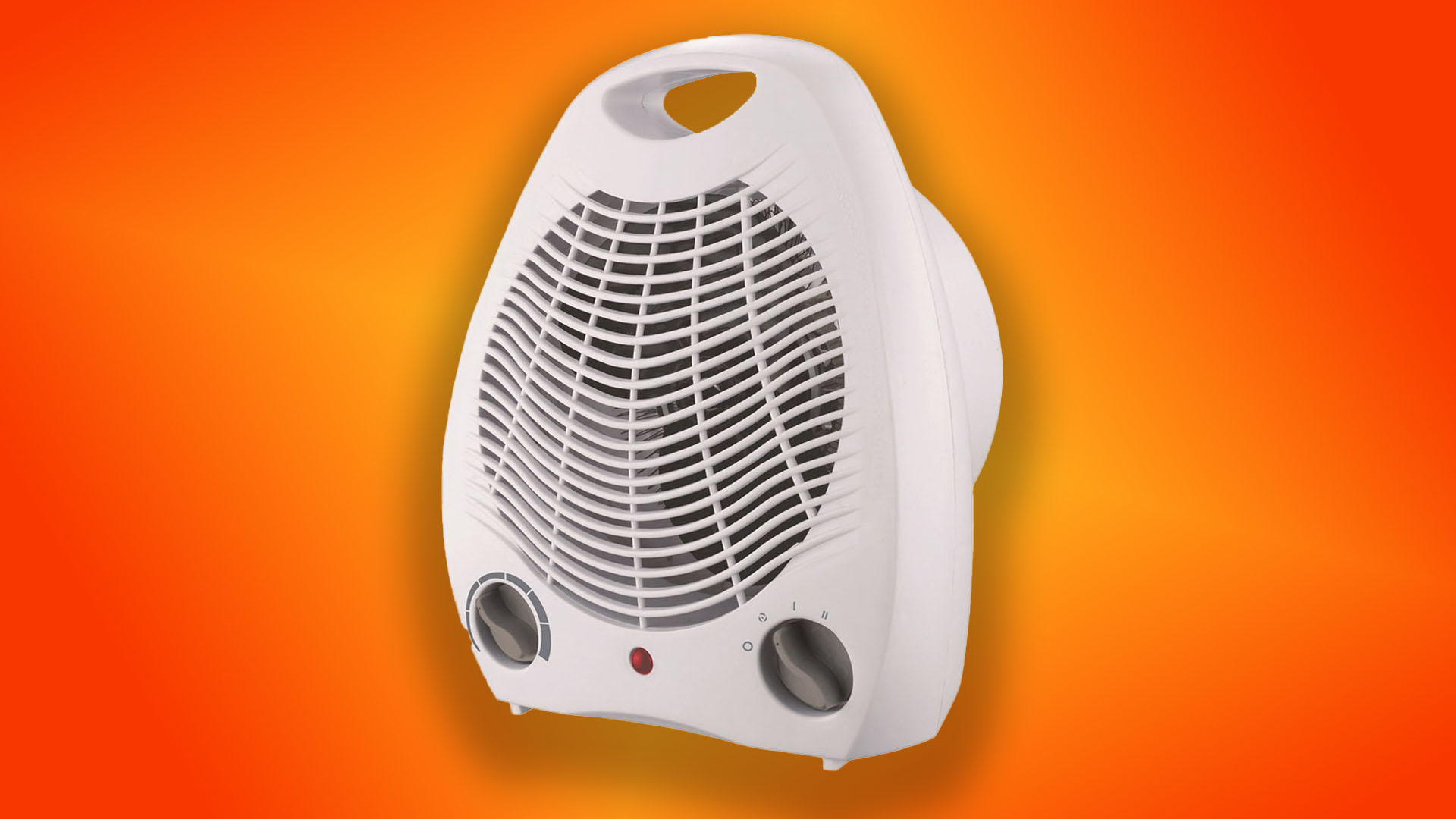
16. Use various spray caps
Instances typically demand huge spray patterns to cope with massive areas, however most cans are geared up with comparatively slender spray nozzles. It’s finest to put money into some various spray caps the place potential, akin to these Montana caps, which supply quite a lot of spray widths – the 2 widest ones are perfect for instances.
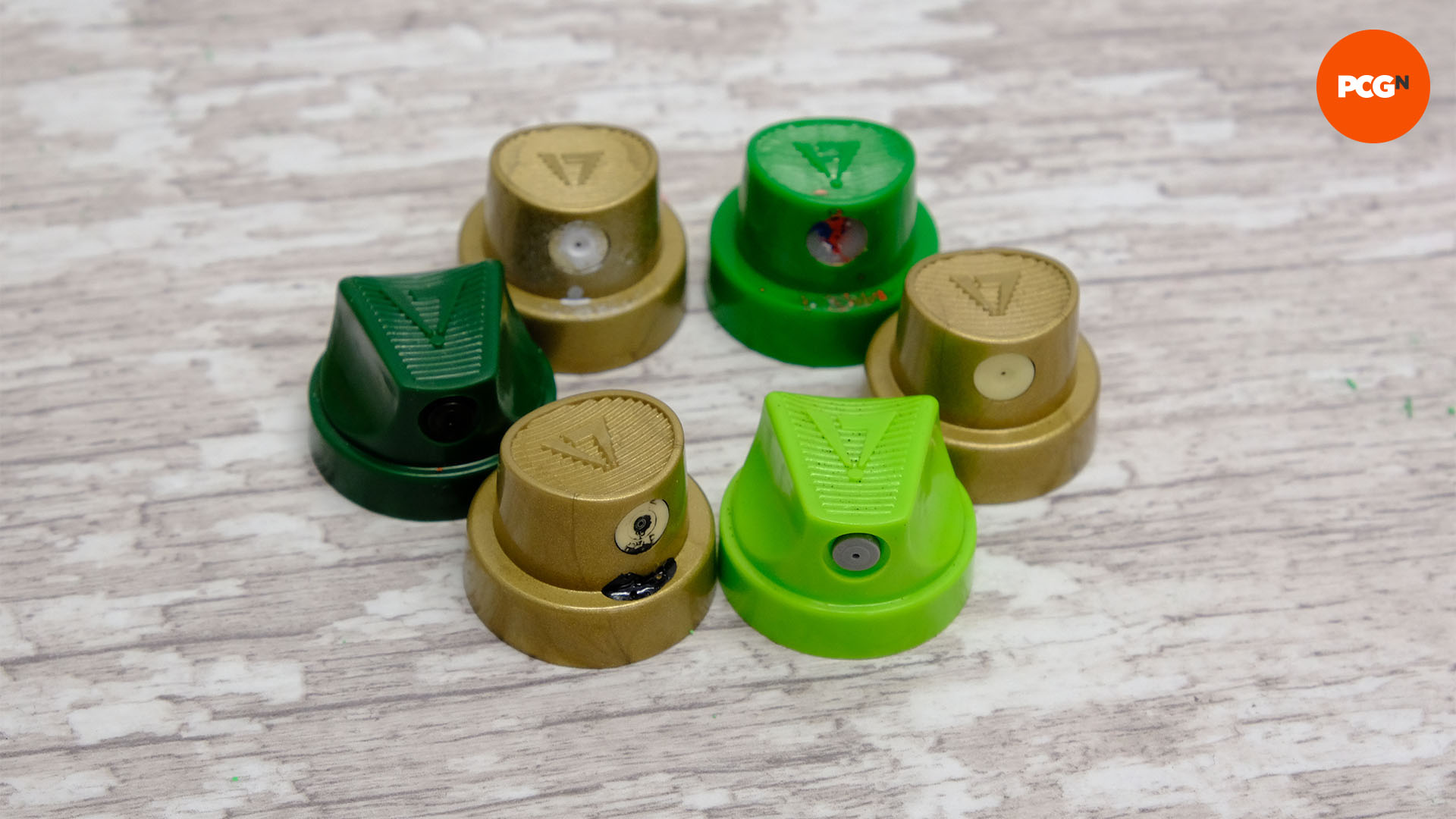
17. Droop the case elements
One easy technique to place your elements for spraying is to droop them, which is simple from inside a plastic greenhouse. You need to use an electrical cable to droop them, because it’s sturdy, sturdy, and straightforward to tie. Bend it away from the case sections so the spray can attain each a part of them.
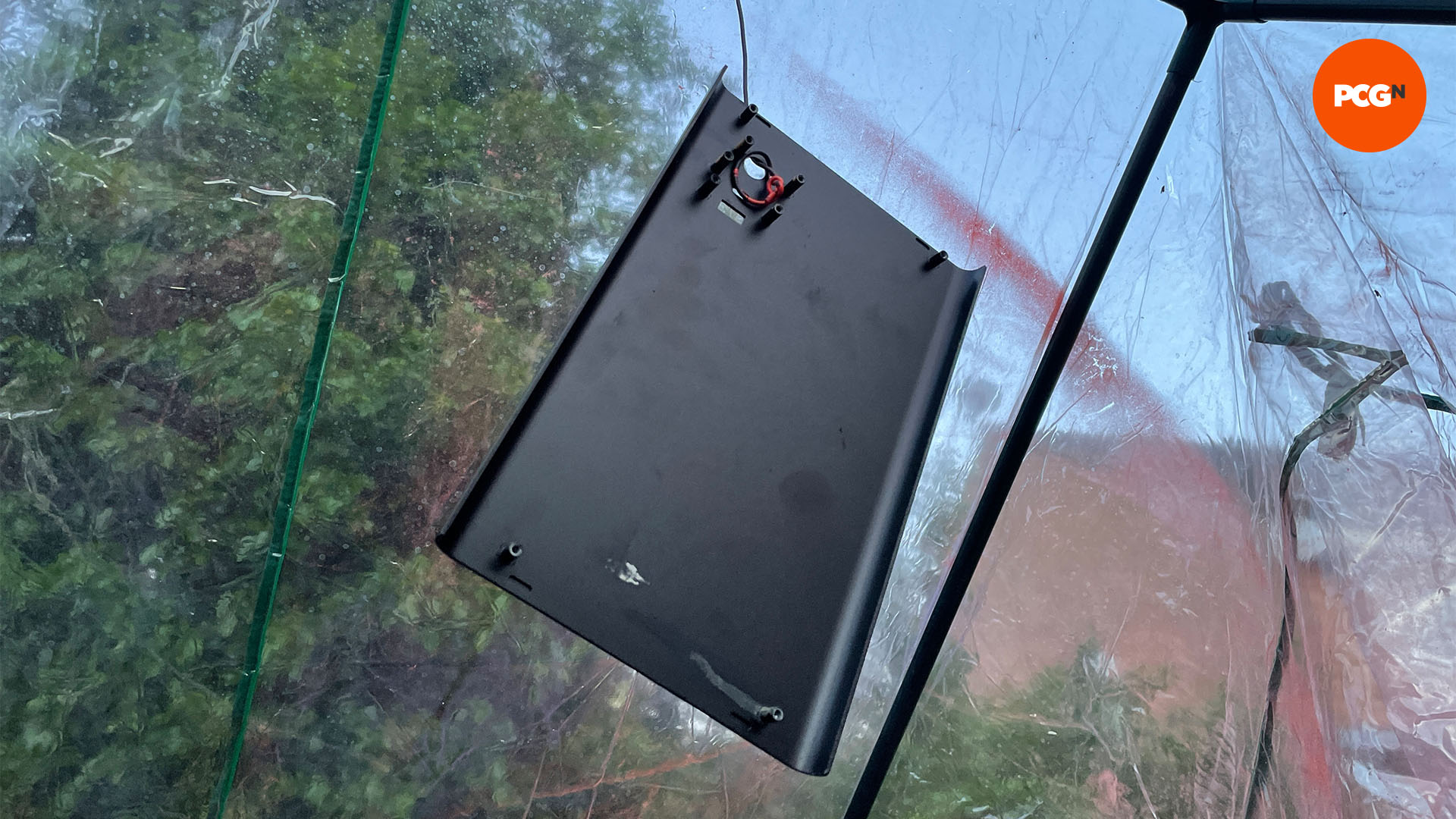
18. Apply primer
Primer creates a {smooth} undercoat on which the colour coat sits, in addition to serving to with adhesion. Apply mild coats, shifting the can about 30cm each second, left to proper, from 30cm away. Go away every coat to dry for ten minutes, including 4 coats in whole or stopping when the bottom case coloration can’t be seen.
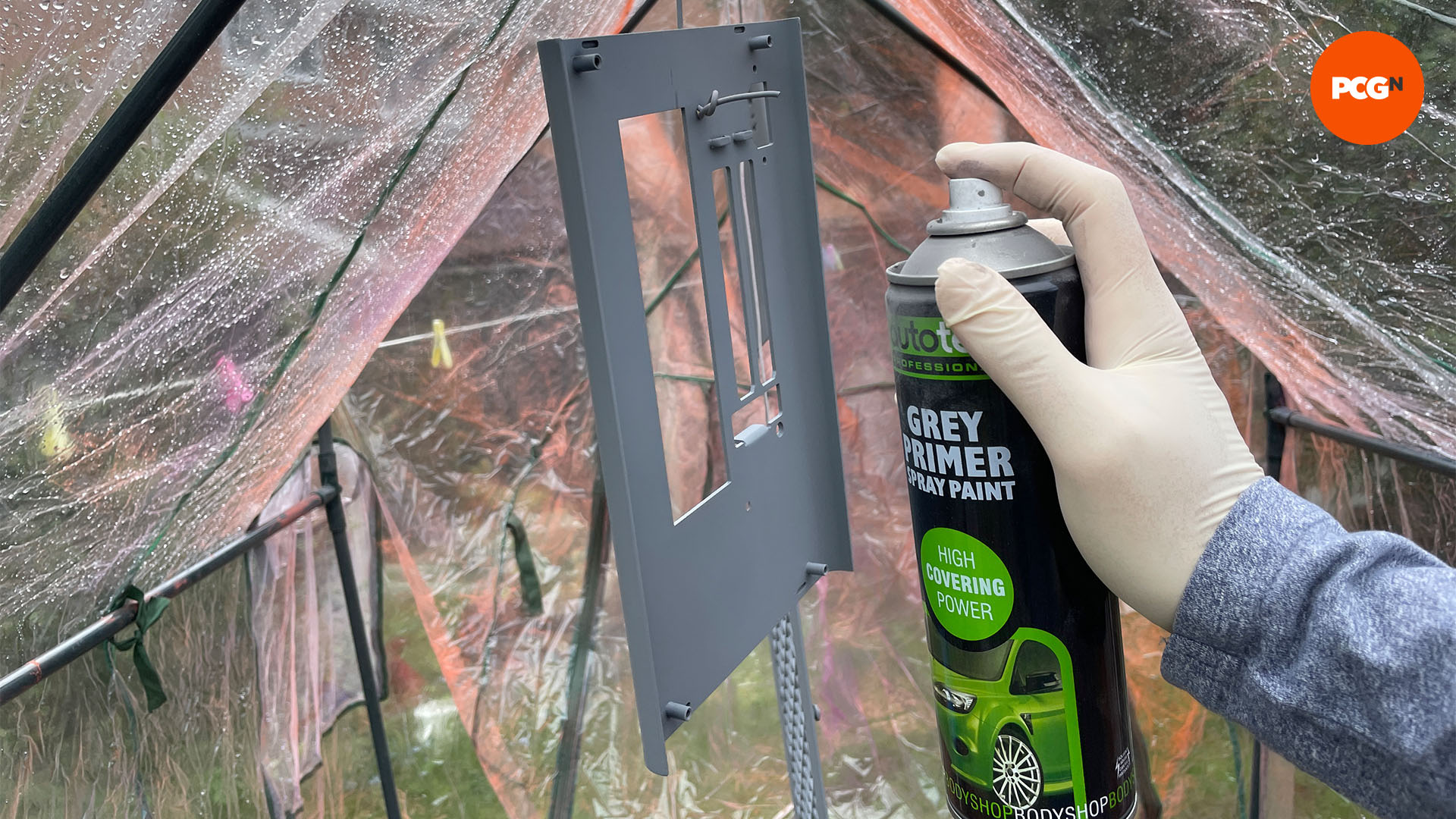
19. Sand the case as mandatory
You need the floor to be as {smooth} as potential for the colour coat, and sanding with 1,000-grit sandpaper can {smooth} the primer to an ideal end. Do that after three or 4 primer coats, including extra as mandatory. Preserve stress to a minimal and use your fingers to really feel when the floor is silky-smooth.
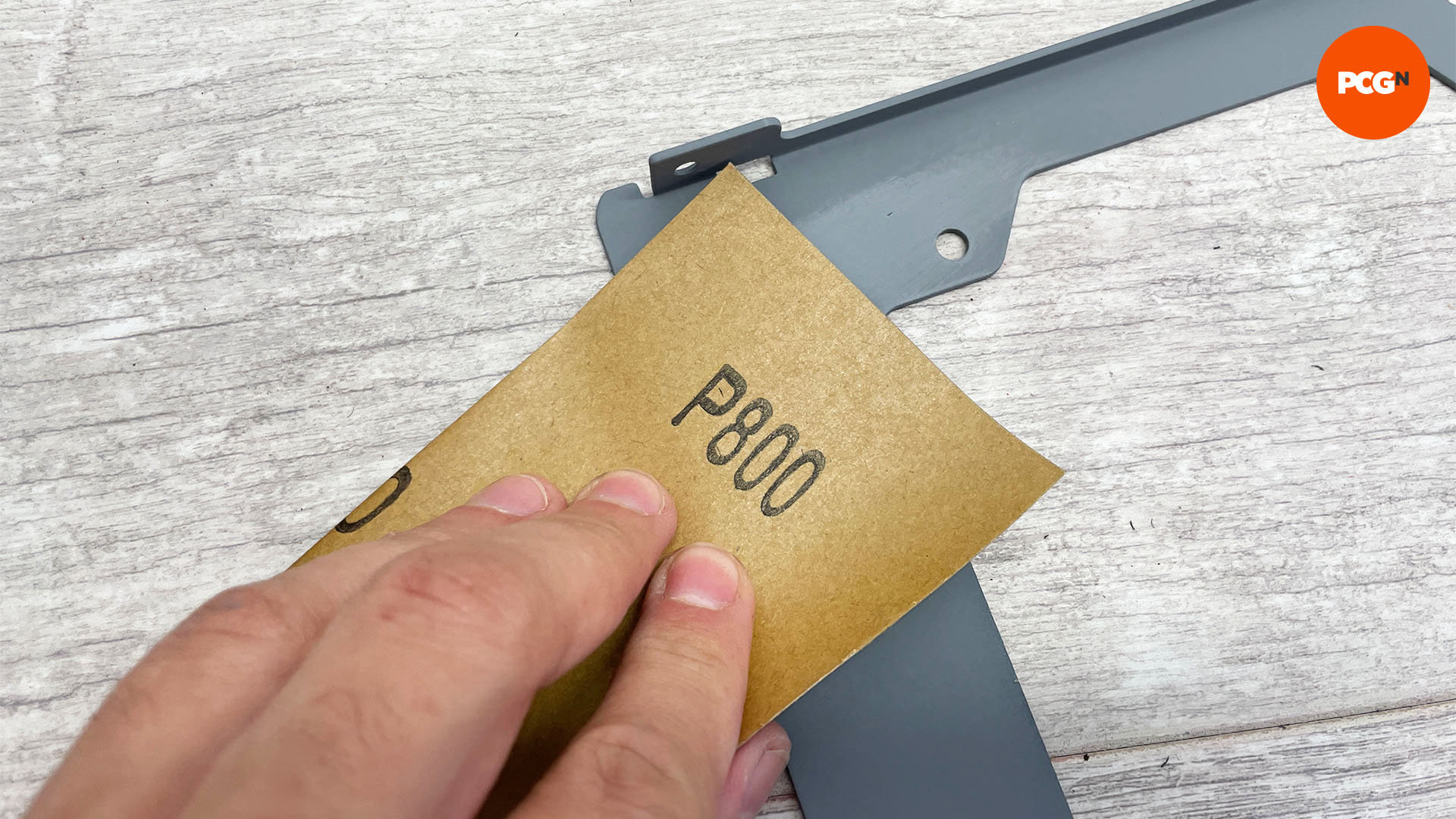
20. Apply coloration coat
Guarantee the colour coat is correctly blended based on the can’s directions, then spray in the identical method because the primer, from 30cm away, shifting swiftly over the panels. Construct up layers with quarter-hour of drying time between every coat. Purpose to use 4 coats, or extra till the primer layer is roofed.
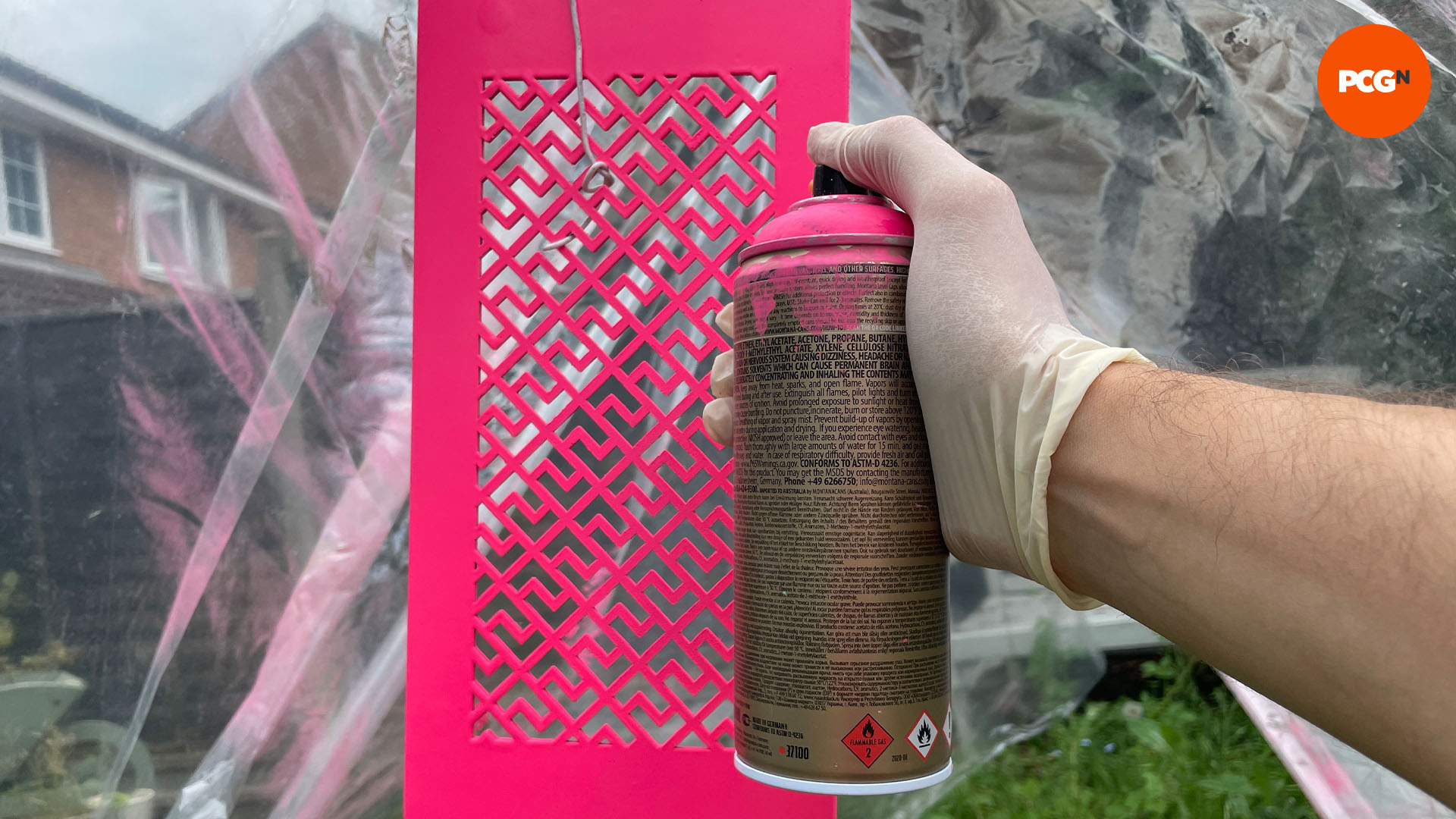
21. Take away masking
When you’ve utilized the colour coat, take away the masking – when you do that after making use of the clear coat, you may find yourself with the paint tearing. Pull on the masking tape gently and slowly peel it off.
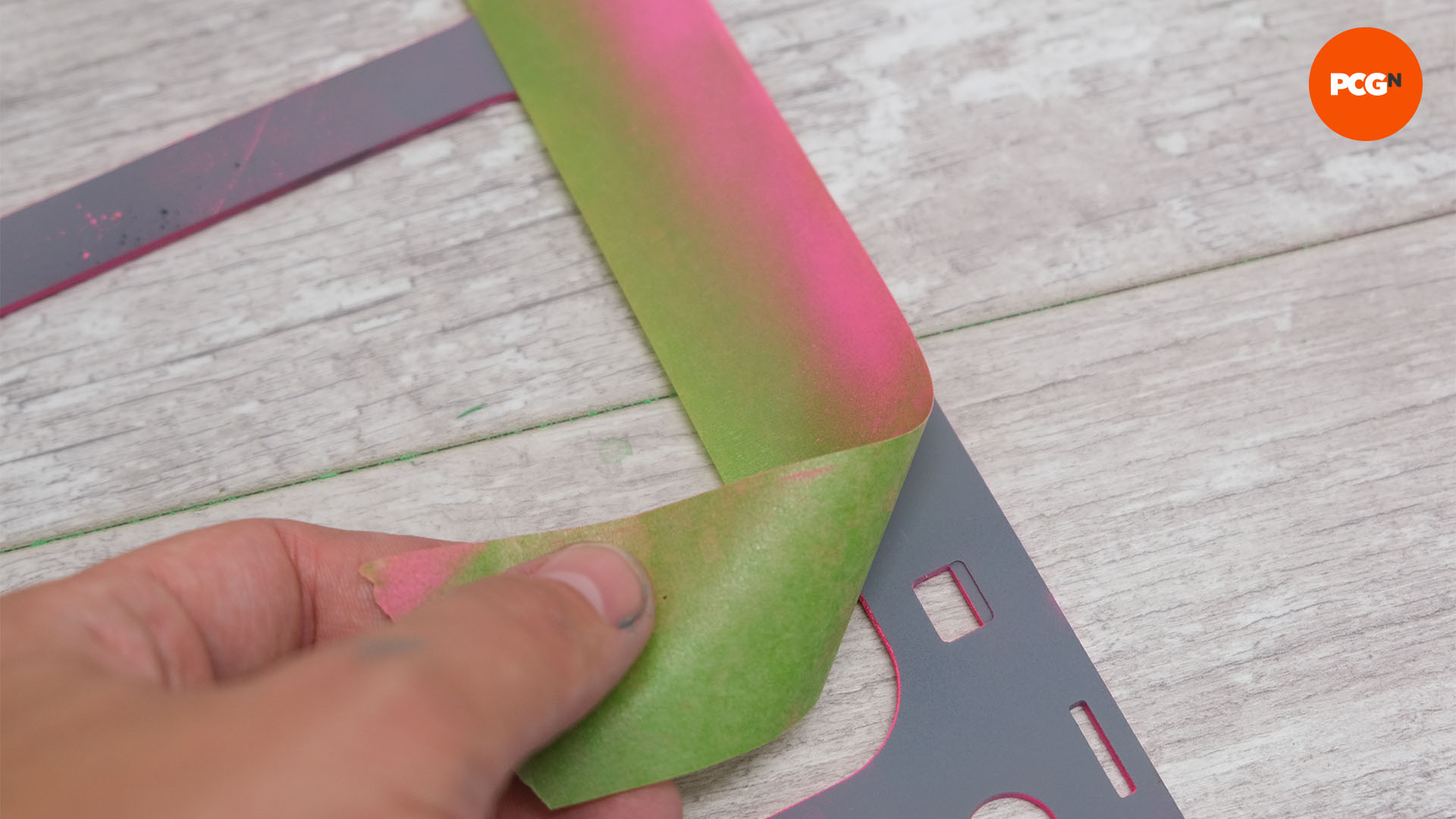
22. Think about using 2K clear coat
Commonplace clear coat is simple to use, however it’s fairly mushy, even as soon as it’s totally dried. You’ll be able to think about using 2K clear coat, which dries more durable, however is pricey and extra hazardous, needing a correct respirator in addition to pores and skin and eye safety. It additionally must be blended first, so remember to comply with the directions.
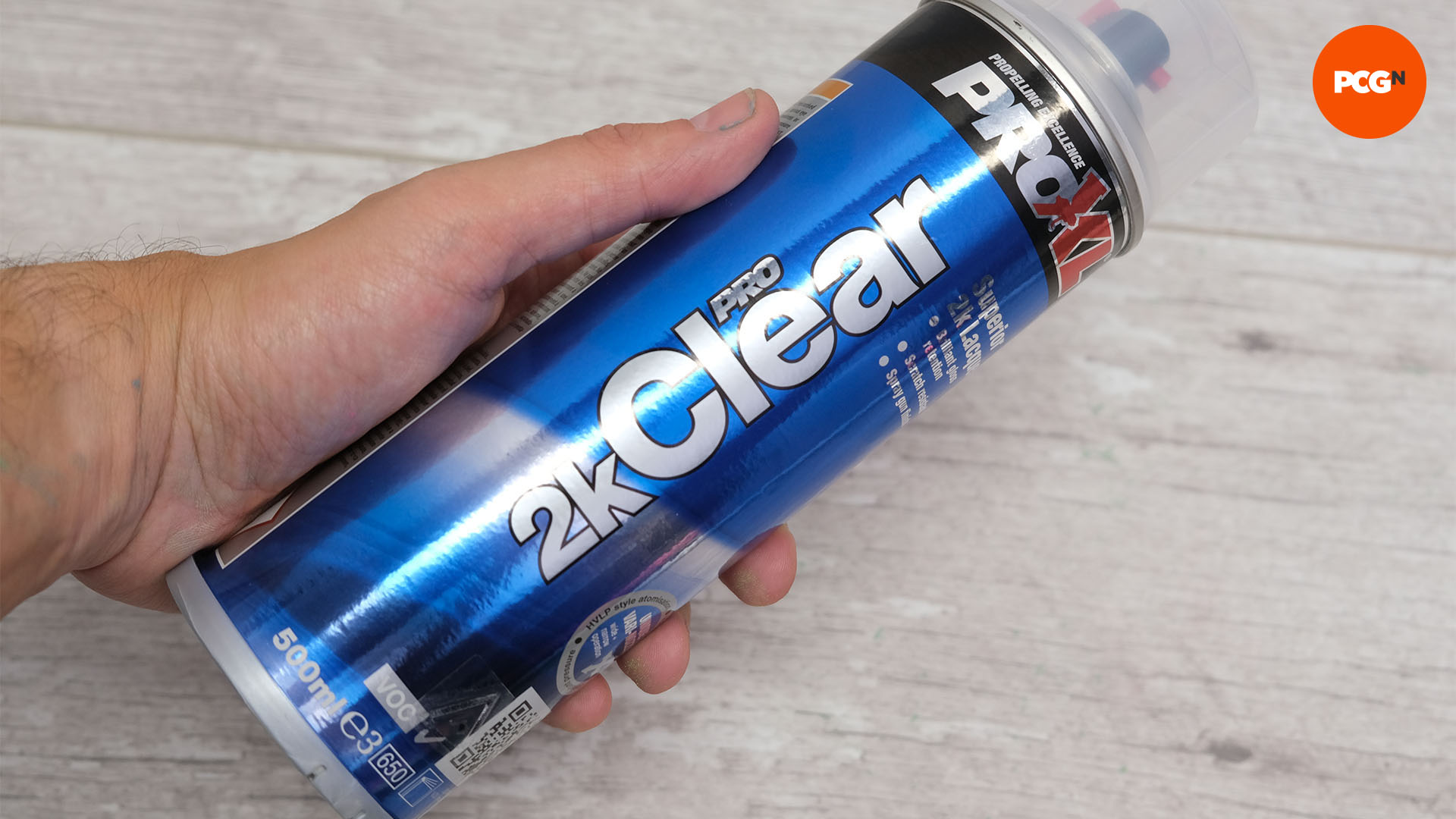
23. Apply the clear coat
Clear coat must be utilized extra liberally than coloration coats, so it binds to the floor. Apply it from 30cm away, shifting 20-30cm a second from left to proper. It takes longer to dry than a coloration coat, with most clear coats needing 30-60 minutes between coats, particularly on cooler days.
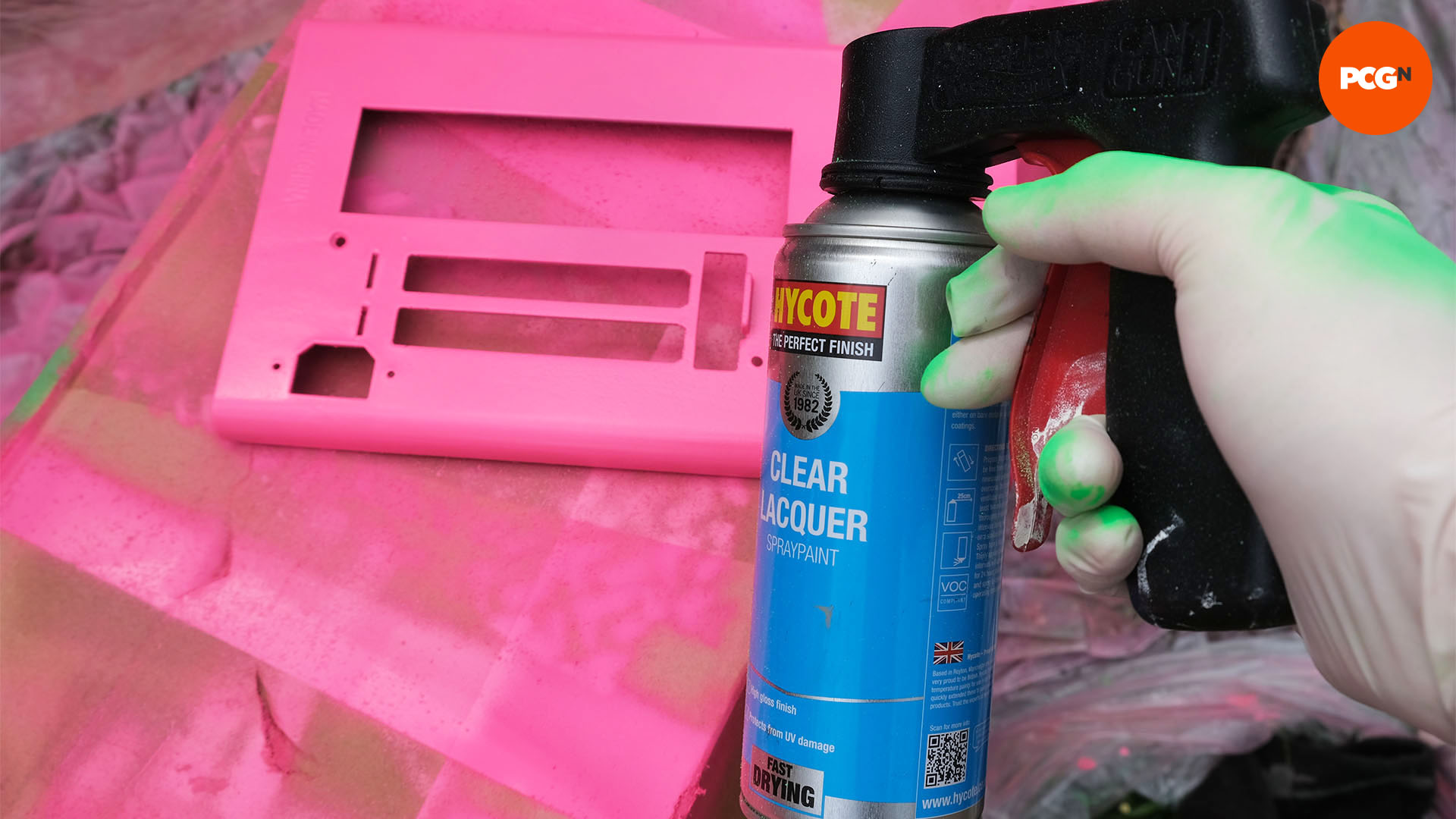
24. Polish clear coat
Go away the clear coat to dry for the desired time, which is often just a few days, or as much as every week in some instances. Now you can gently use automotive polish akin to T-cut to buff the end to a shine.
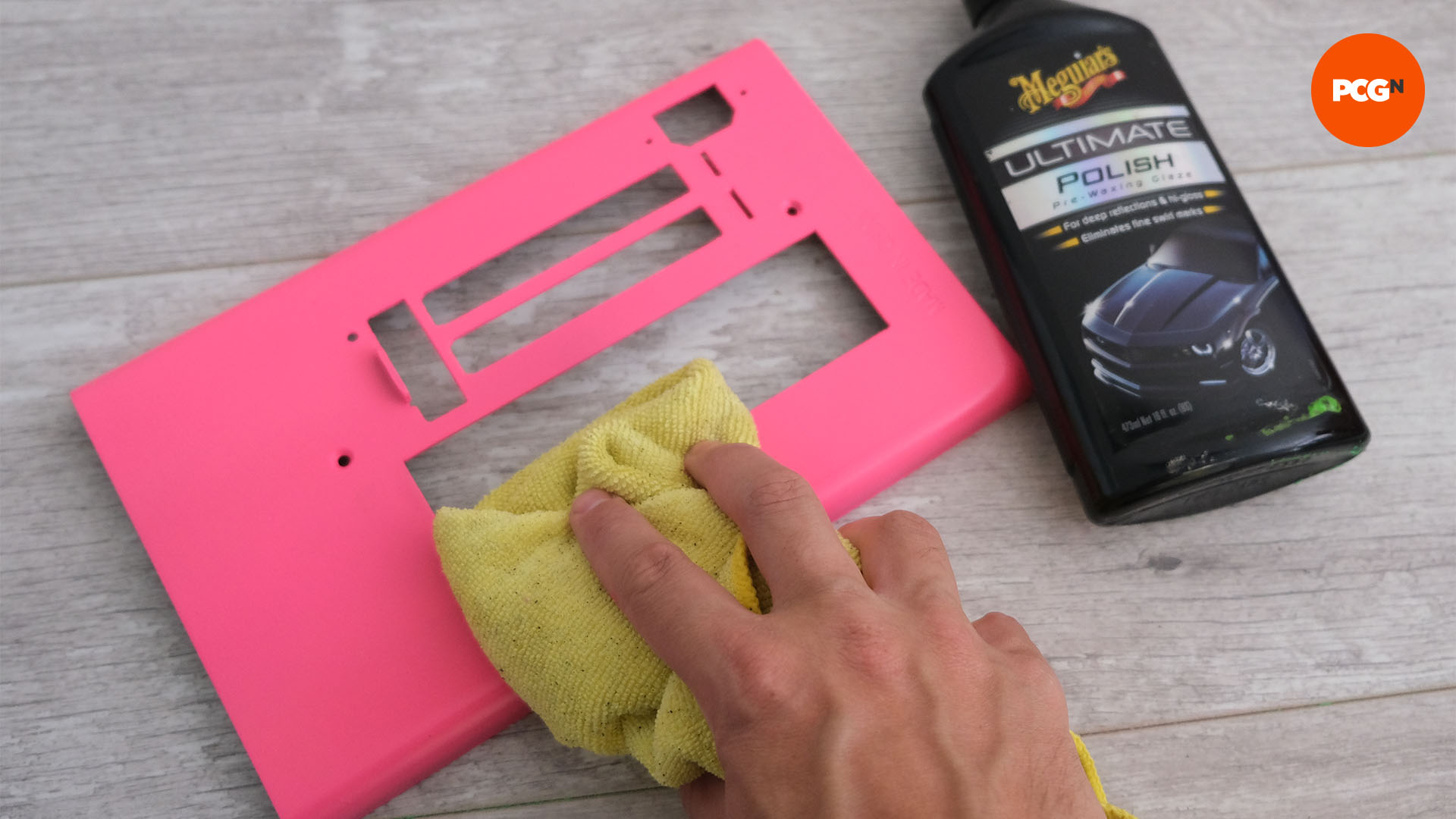
25. Re-rivet case
Should you’ve drilled out rivets in your case, you’ll have to insert new ones. Measure the diameter of the holes and purchase the appropriate-sized rivets, together with a rivet gun. Insert the rivets into the gun and squeeze the handles to safe the rivets in place.
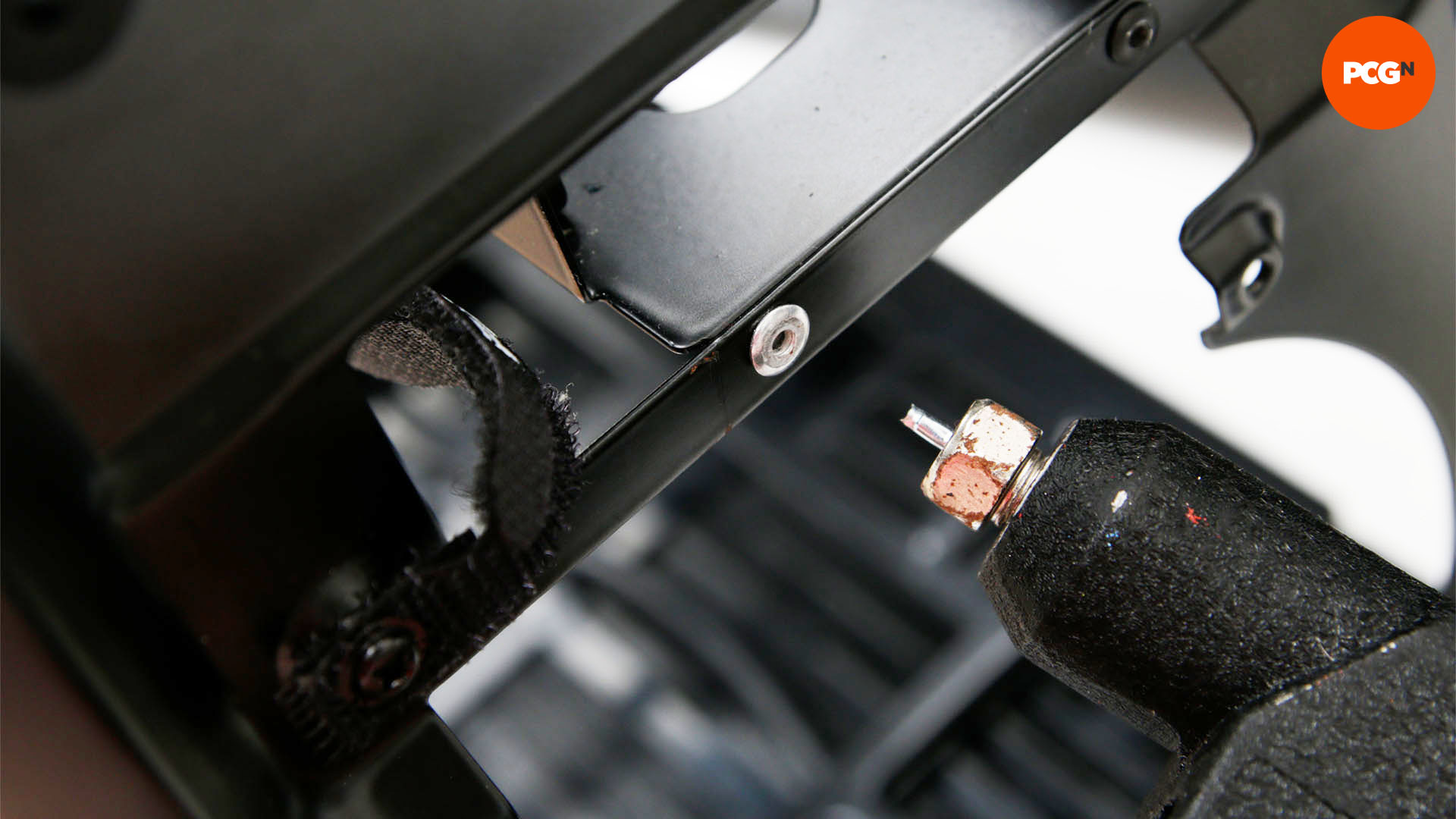
26. Reassemble case
As soon as the panels are dry, polished, and as much as your requirements, reassemble the remainder of the case with screws and/or rivets. Take care to not press too laborious on the paint end, particularly when you’ve used normal clear coat.
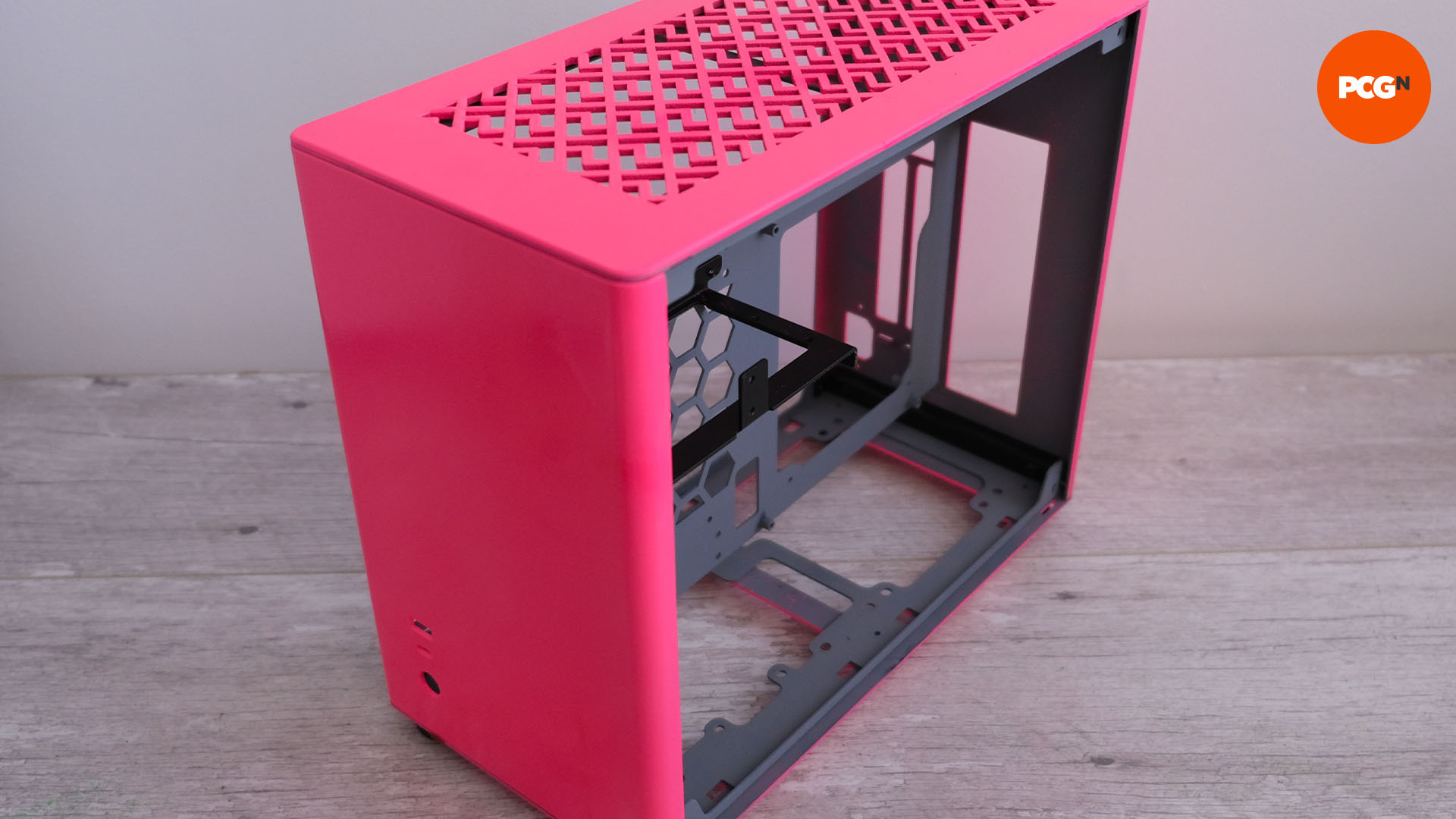
27. Assist, I’ve tousled
Should you’ve tousled, or if the paint hasn’t taken properly to the floor, all will not be misplaced. Use paint remover to dissolve what you’ve utilized, wiping it clear with kitchen towel, then rinsing with washing-up liquid and an abrasive sponge earlier than attempting once more.
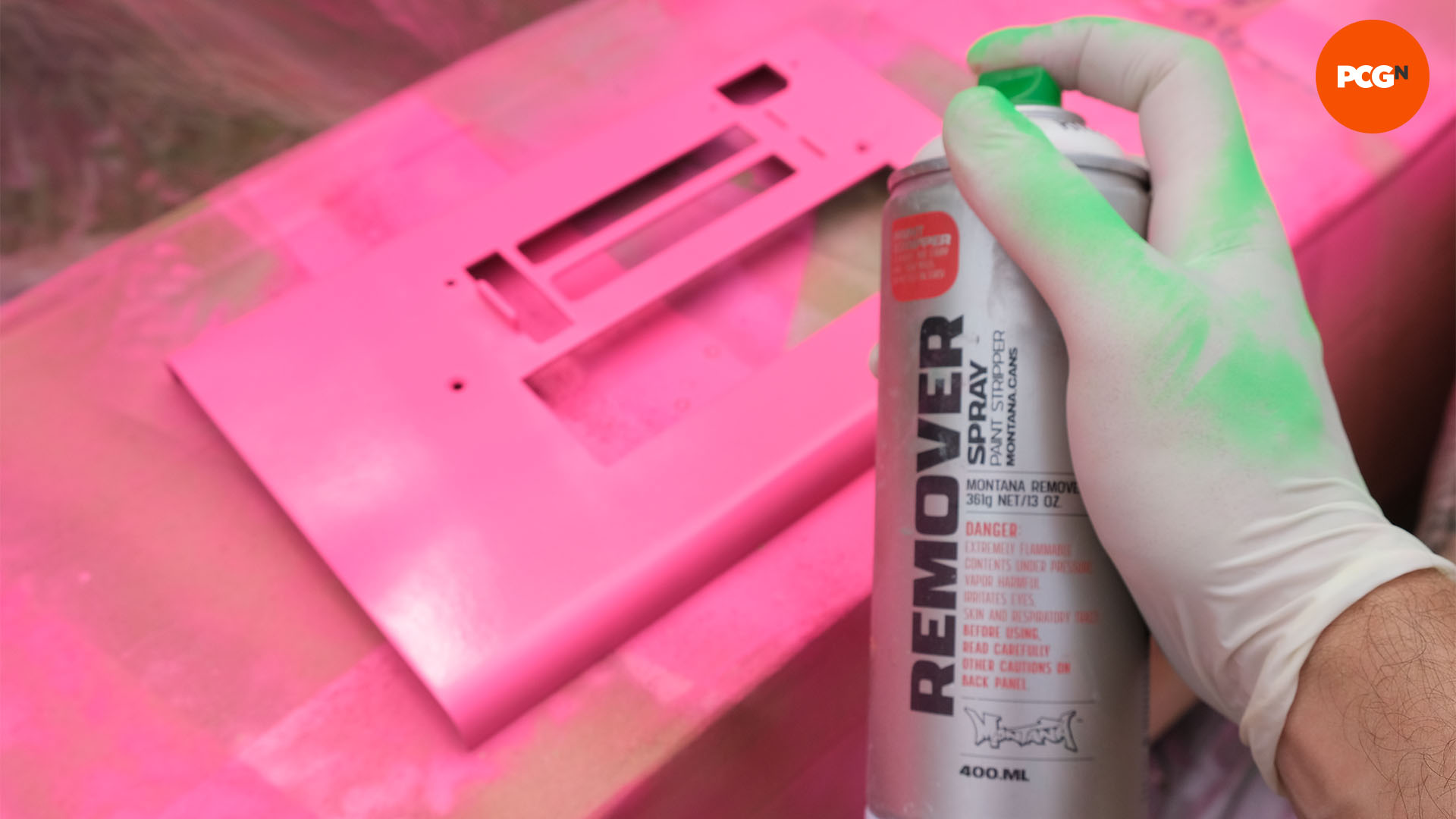
And that’s your portray job all finished. All that’s left to do now’s to put in your PC elements and luxuriate in wanting lovingly at your PC in its new coat of coloration whereas admiring your craftsmanship.
For additional PC case customization concepts, we even have a information that exhibits you the right way to etch glass side panels. Should you’re planning a new paint job as a part of a new customized construct, then you definately’ll additionally wish to learn our full information on how to paint a PC motherboard, which covers each step of the method.





Comments are closed.